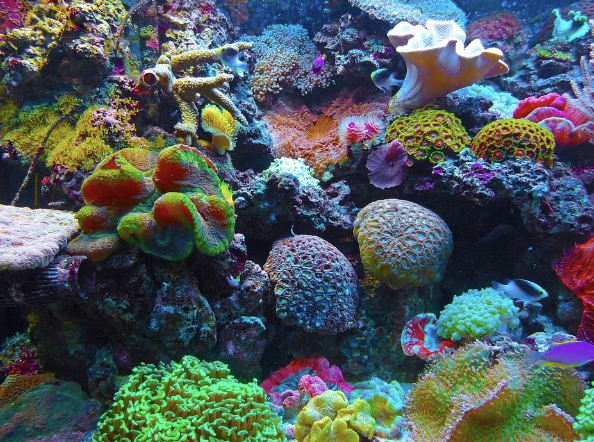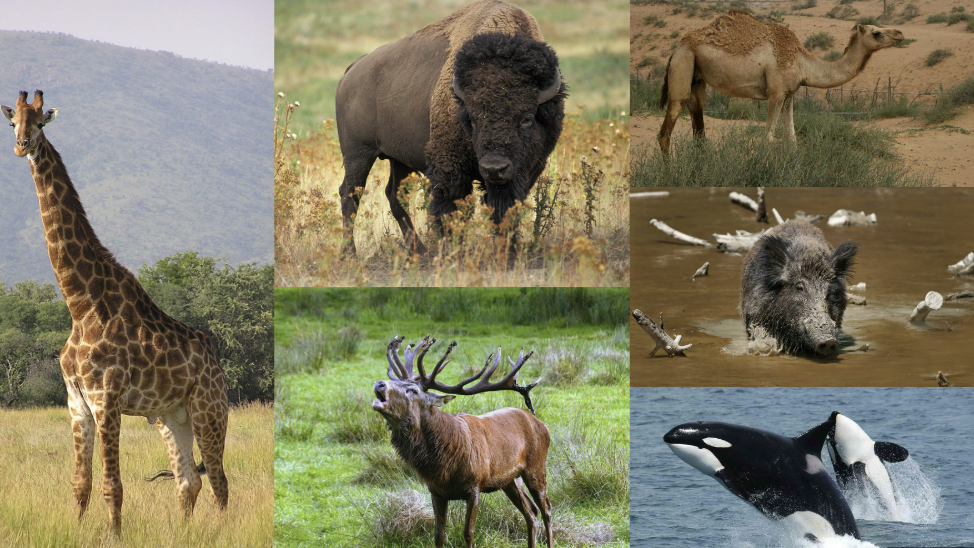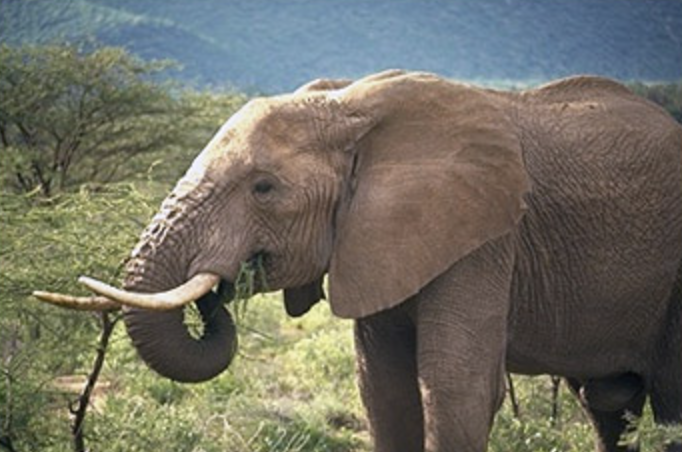Mammalia – the herbivores
1/32
There's no tags or description
Looks like no tags are added yet.
Name | Mastery | Learn | Test | Matching | Spaced |
|---|
No study sessions yet.
33 Terms
there are ___ orders of placental mammals
19
what two families have the most species in placental mammals?
rodentia and chiroptera
finding plants is __
easy
plant material has____ and is ___ to digest
low nutritional value, difficult
why is it hard to break down glucose?
not water soluble, needs acid + high temps
herbivorous mammals tend to be ___, while herbivorous fish tend to be ___.
large, small
the ___ you are, the more ____ you are
bigger, efficient

how much cellulose is found in brown and red algae?
1-8%
how much cellulose is found in vascular plants?
30% cellulose
why is there more cellulose in land plants?
used for structure to fight against gravity
what are some fish adaptations for eating plants?
pharyngeal teeth for grinding, jaws for macerating and tearing the algae, beak-like teeth for stripping corals, gut with fermentation potential
what are some elephant adaptations for eating plants?
the teeth reproduce/replenish, grind tough vegetation
what are some adaptations for eating plants?
the jaw can move from side to side to crush plants, ruminent stomach- very large
what animals are fore-gut fermenters?
kangaroo and sheep
what animals are hind-gut fermenters?
horse and koala

what are cetartiodactyla?
swine, giraffes, cattle, bison, sheep, whales, ect
what are the characteristics of even toed ungulates?
mostly herbivores, and having 2 or 4 functional toes
what are ruminants?
foregut fermenters
what animals are ruminants?
cows, sheep, goats, antelope, giraffe, deer
what skeletal modifications do ruminants have?
incisors for stripping vegetation, molars to chew
there are ___ chambers in the ruminant stomach?
4
main fermentation occurs in the ____
rumen and reticulum
____ digests proteins derived from fermentation
abomasum
what are the parts of the ruminant stomach?
rumen, reticulum, omasum, and abomasums
ruminants feed in ____
batches
hind- gut fermenters need to feed ____
continuously in small amounts to keep fermentation going
what advantages are there with a ruminant stomach?
can eat a large amount of food and walk
how might a hind-git fermenter eat?
have a territory and eat locally
what are the characteristics of perissodactyla(odd-toes ungulates)?
no rumen, digests in hind-gut
what are two pseudo-ruminants?
kangaroos(2 chambers), hippos(3 chambers)

what is order proboscidea?
elephants
do hind gut or foregut fermentors digest more?
foregut fermentors, 70-80%
elephants are ____ fermenters.
hind gut